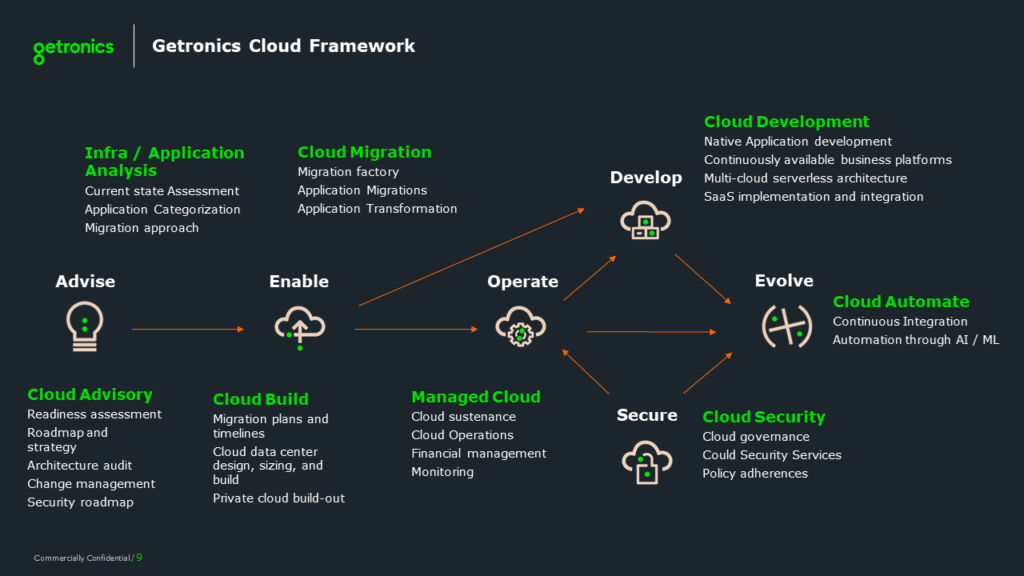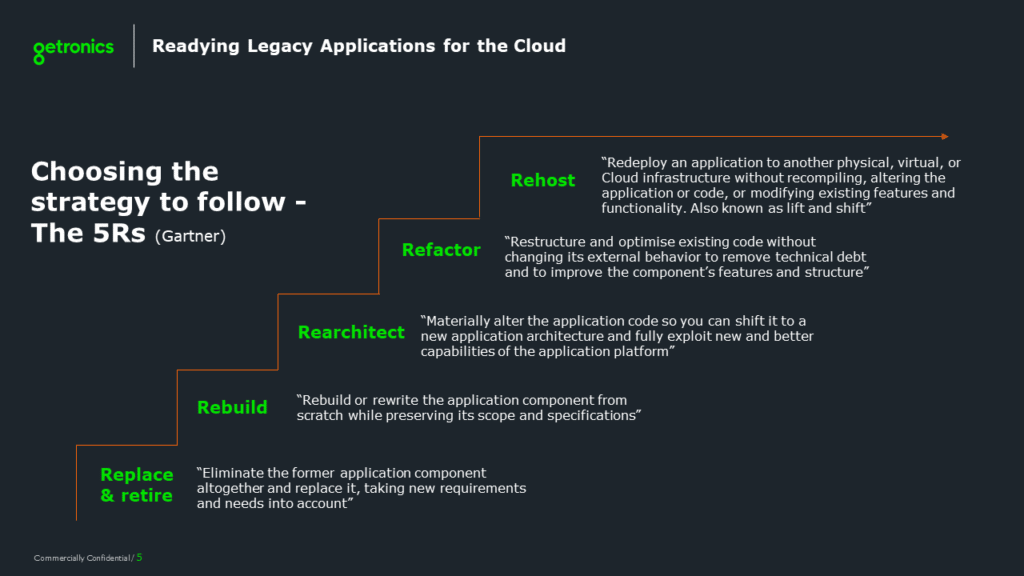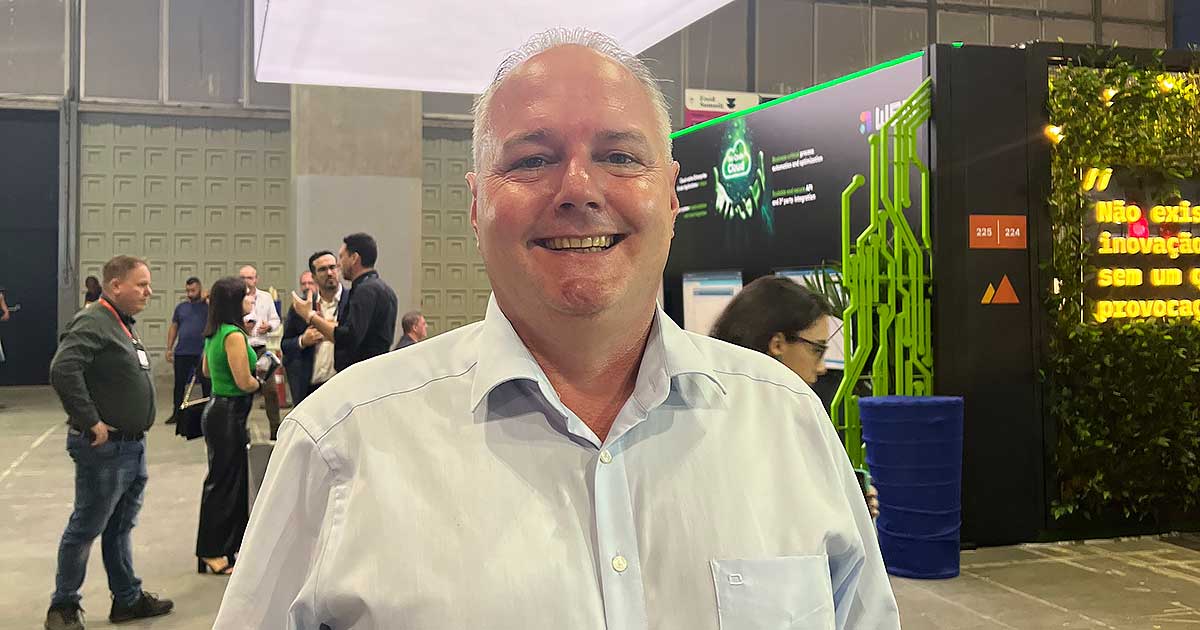
Richard Morris
Head of Infrastructure Solutions - Cloud Services
In this article:
The world’s going cloud. Driven by the basic laws of economics. Like the laws of scaling and amortisation, where unit costs go down as the number of users rises. The law of comparative advantage: do what you’re best at, and outsource what you’re not. And above all, opportunity costs: the resources you’re spending on in-house IT that would be better directed elsewhere.

But there’s a caveat. Moving to the cloud isn’t a switchover. It’s a journey. And unless you plan that journey correctly, you risk driving a thousand miles in the wrong direction. The destination isn’t the same for everyone, either.
Every MSP has its own way of helping you along that journey. Getronics’ route to cloud computing has four conceptual stages: advise, enable, operate, and evolve. One of these is markedly different from our competitors—you’ll find out which below—but what they all share is an eye on your destination whether that means going fully cloud-native, a hybrid of public and private clouds, or even improving your in-house setup as a jumping-off point for future plans.
This article explores each stage, and what you’ll get at each milestone.

Advise: the voyage of discovery
Everyone offers advice these days. Some might say there’s too much of it. But there’s no way around this stage: to form a plan for where you want to go, you’ve got to have a complete picture of where you are now.
The advise stage combines assessment and discovery: analysing your current operational model, seeing how all your applications and stores of data fit together—let’s call it “Situation A”—then mapping them to a target operational model that optimises them: Situation B. Getronics’ methods make use of a standard business tool: the gap analysis. Looking at today’s setup, working out how far it is from ideal, and imagining how to bridge the chasm.
The resulting plan may include the public cloud, private clouds, or a mix of both. Always remember: “going cloud” is not a goal. Improving your organisation’s condition is the goal.
That’s why everyone’s destination is different. If your Situation A is 100% colocation, it doesn’t mean Situation B is 100% cloud-native. Regulatory frameworks may affect where and how your data can be warehoused; budget allocations may control how far and how fast you can move in each project cycle. Your everyday business realities should be the baseline of every cloud assessment.
Side note: some providers offer this service “for free”. Understand: you get what you pay for. Here’s a hint: if someone’s “advice” sounds like a sales pitch, they’re not looking for your Situation B; they’re trying to impose theirs.
The outcome of this stage is the Cloud Readiness Assessment. The CRA gives you concrete numbers on how the costs and benefits stack up against your business goals; the risks and challenges in your app and server inventory today and the dependencies between them. Plus, of course, a roadmap that sets out what to do and in what order.
That’s the advise stage: making your journey visible, with every milestone mapped out. Next comes enablement.
Enable: create the great machine
Mechanical metaphors abound in cloud computing. With good reason. Applications and data form a machine, with “moving parts” that must fit together for it to work, no different to levers and gears in a ship’s engine room. (Although it’s thankfully a lot quieter.)
That’s how the enablement stage works. It’s a design phase, seeking to answer the question: how is that planned Situation A –> Situation B journey best executed? That answer is a “blueprint” that aligns all business-critical applications and data within the most appropriate solution identified by your cloud assessment, and puts your application migration in play.
There are many methodologies for doing this. Among the best-known is Gartner’s 5R model, with its five questions in ascending order. It involves deciding the right strategy. Do you replace and retire, writing off sunk costs to enable a fresh start? Or rebuild, recreating your applications in cloud services without losing their scope or spec?
Steps beyond are rearchitecting and refactoring, redesigning your apps from the ground up to make best use of new technologies, or restructuring the code to remove blockages and bottlenecks (known as “technical debt”). Or perhaps the lift-and-shift philosophy of rehosting, gaining efficiencies from putting your apps and data in a new infrastructure without changing their nature.
Which one works best? It’s different for every business; your unique situation is what matters. Again, it’s not an event, but a process. Next up: operate.

Operate: the Getronics secret ingredient
With two stages down, you may be wondering about that “secret ingredient” mentioned above. Service Management is a crucial component across any business-critical application, workload or platform, and all cloud variants—colocation to cloud-native, hybrid solution, even in-house servers. Getronics is well known—and highly respected—for its service management abilities. The operate phase is where we apply those skills.
The operate phase: where you run the program from the initial conditions you set, seeing how it develops in accordance with your plan and gathering information with a view to making it even better.
That’s why we consider the job is far from done once the design phase is signed off. Because—let’s be honest—nobody can gain a full understanding of how a plan plays out without seeing it in operation. It’s a basic law of business: you can’t predict all outcomes. (And of the whole of reality, too. Stephen Wolfram’s “New Kind of Science” takes this playing-out-of-initial-conditions as a fundamental physical truth. Complexity can arise from even the simplest rules.)
Indeed, for many of Getronics’ more than 2,000 developers and specialist delivery teams, this is where the most important work begins. Staying at the client’s side as the machine begins to work. Making sure everything’s going according to plan, and delivering the client’s goals.
Evolve: aim for continuous improvement
Why is operate so dear to the hearts of customers everywhere? It’s because this “running the program” enables the fourth stage: evolve. Where you see what’s happening… and make it even better.
Cloud infrastructure has a different set of success metrics to servers in your basement, with names like burst capacity, latency, resource allocation. Each of them can be tuned and improved. Most importantly, it’s a virtuous circle: tuning creates opportunities for further tuning, iterating your solution step-by-step towards the most optimised state.
(Of course, no system ever reaches perfect optimisation. But that doesn’t stop us from getting as close as we can—and we’ve been doing it for a long time. In fact, Getronics’ history goes back one hundred and thirty years, to an electrical engineering factory in 1887. That length of culture that breeds a lot of respect for continuous business improvement.)
This is why we see more value in the ongoing relationship than in the sale. Because every tweak and tune increases benefits to the customer. And the better your system works, the happier and more successful you’ll be. Like natural evolution, technological evolution is a never-ending journey… but by adopting it as a strategy, you’ll be among the fittest. And not just survive—but thrive.
Conclusion
Technology migrations are never simple. But if you look at the problem, define its beginning and end, then break it into parts, you’ll have a series of connected milestones that get you where you want to go. That’s the basis of Getronics’ four stages: a series of actions in logical sequence.
Why not take your first step today?




